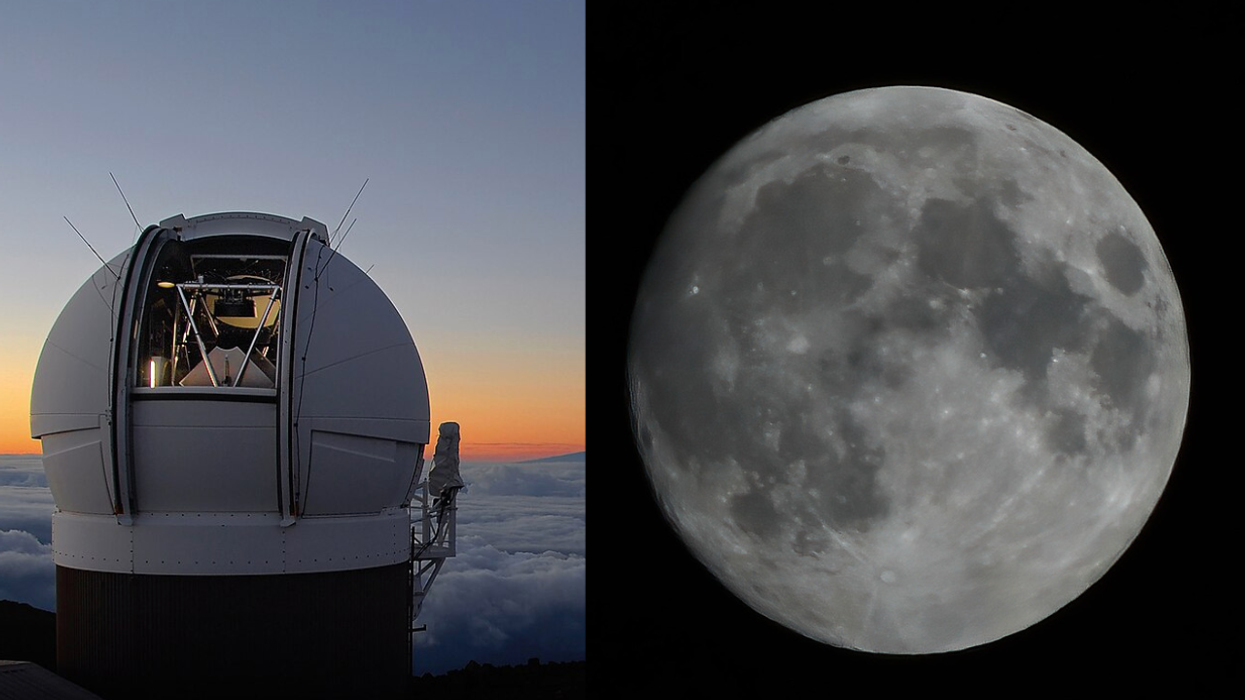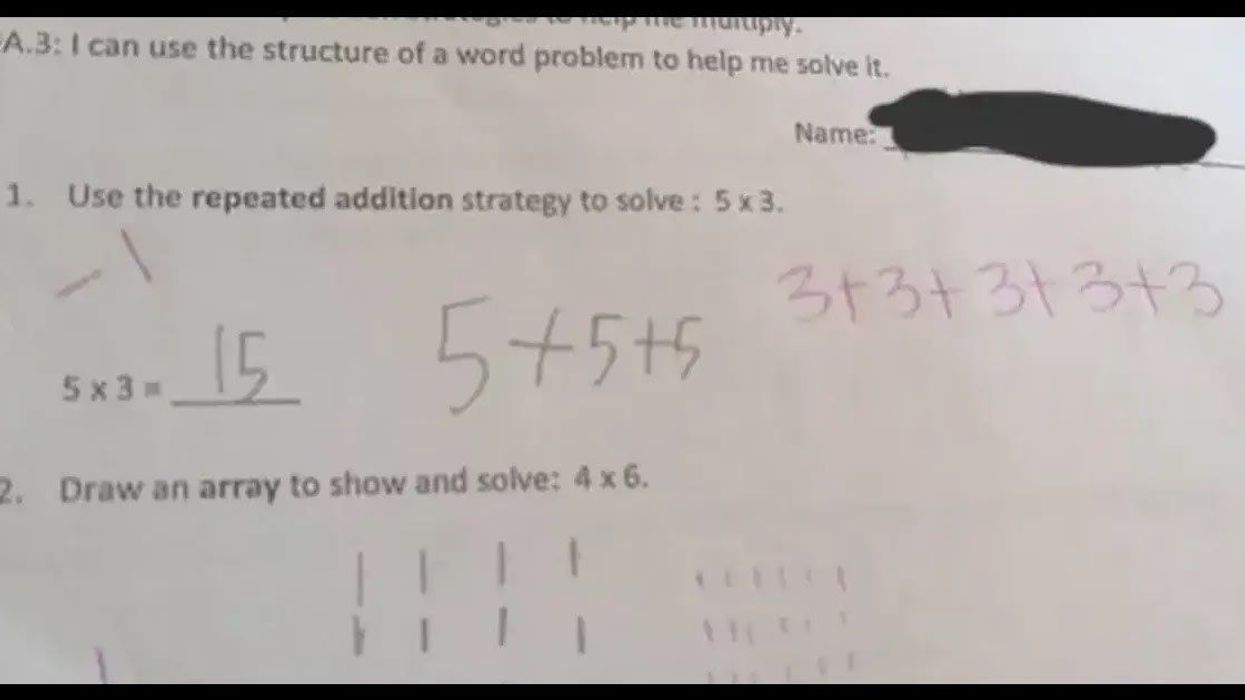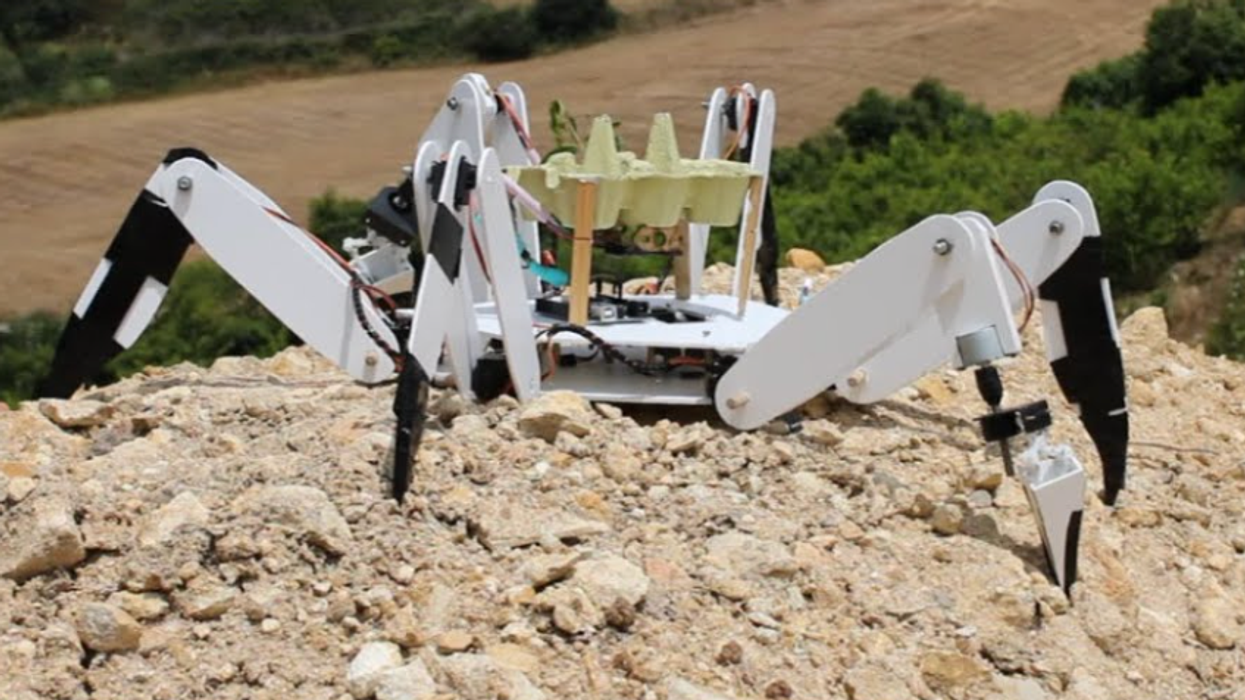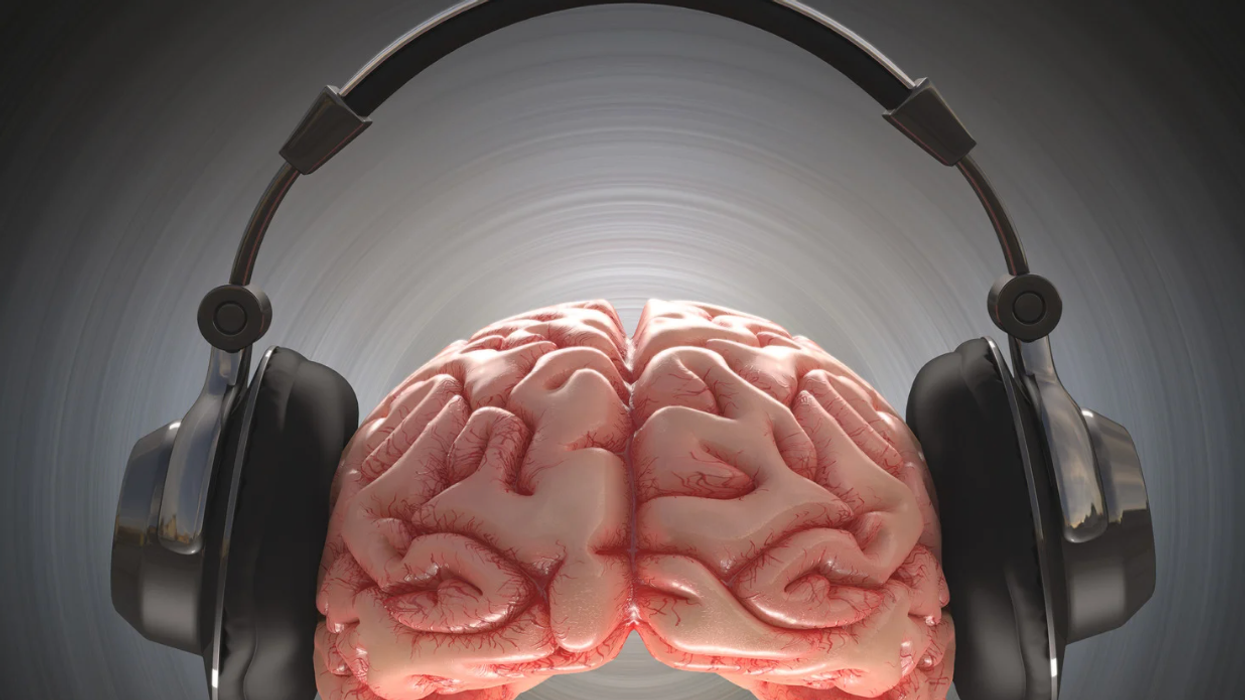It’s not every day that Earth gets a new running buddy in its orbit. Researchers at the University of Hawaii spotted something that NASA is classifying as a “quasi-moon” that joined Earth's orbit undetected for around 60 years.
Studying its current course and speed, scientists predict that this quasi-moon, dubbed 2025 PN7, is going to hang around us until it leaves our open space in 2083. "Moon" 2025 PN7 is fairly small for a celestial body, with scientists estimating that it is between 18 to 36 meters wide, roughly the size of a small building. Aside from its size, one of the reasons why 2025 PN7 isn’t considered a “true moon” is because it has a more oval-shaped orbit compared to the actual Moon we know, love, and assign blame to for werewolves. This oval orbit is because, while 2025 PN7 is currently within our gravitational pull, other planets and the sun are also tugging it towards them.
@astro_alexandra Did NASA discover a second moon of Earth!? Nope. But we do have a new quasi-moon discovered at the university of Hawaii! #space #astronomy #nasa #science #tiktoklearningcampaign
Space experts are excited about this discovery
Professionals in the astronomy community who reached out to GOOD are excited about the discovery of this quasi-moon:
“It is exciting that we are able to discover our nearby neighbors, especially one that has avoided detection for the 60 years it has been so close to Earth,” said David Weigel, Planetarium Director at the U.S. Space and Rocket Center.
NASA: Earth now has two moons until 2083! Newly found quasi-moon 2025 PN7, about 18-36m wide, orbits the Sun alongside Earth in a similar path, staying as a companion for decades before drifting away. pic.twitter.com/xcxfhAhQ4F
— GeoTechWar (@geotechwar) October 20, 2025
“Discoveries like 2025 PN7 are the reason we look up and out. They remind us that as much as we think we know about our cosmic neighborhood, we are still at the very beginning of discovery,” said Rich Cooper, Vice President of Strategic Communications & Space Awareness at Space Foundation.
@tyreaktoldyou NASA just announced a 2nd moon in our orbit. It’ll be hanging around until 2083. #TyreakToldYou #Astronomy #TikTokLearningCampaign #Science #Moon
The discovery of this quasi-moon comes at a tenuous time for NASA
Both Weigel and Cooper spoke on the importance of newer technology and investment in it to reveal more about the galaxy around us. After all, 2025 PN7 would still be unknown and unseen as it had been for the past 60 years if the Pan-STARRS telescope hadn’t found it within the darkness of space.
“This is exactly why we invest in instruments like the Hubble and the James Webb Space Telescope; each one opens a wider window into the universe and reveals how dynamic our own orbit truly is,” added Cooper.
“The discovery of 2025 PN7 is a testament to advances in technology that helps us know our universe better,” said Weigel.
@nbcnewyork 300 scientists and advocates, including 90s-kid hero Bill Nye, spent the day pushing Congress to protect funding for NASA. The visit to Capitol Hill came as the Trump administration has proposed a 47% cut to NASA science, in order to shift resources to fund projects like human space exploration to the moon and Mars. Nye helped to lead the charge as the CEO of space advocacy group The Planetary Society. #NASA #space #science #politics
2025 PN7’s big Earthside debut comes at a time when the current federal administration is looking to cut funding to NASA by about 24% for the 2026 fiscal year. Many within the scientific community, including Bill Nye the Science Guy, are pushing for Congress to block those funding cuts.
“For generations, people grew up believing there were nine planets and one moon. Science and technology have shown us how much more complex and fascinating our solar system really is. Even with our own Moon, after only six human missions and a handful of robotic probes, we’re still learning new things every year,” concluded Cooper. “2025 PN7 is another reminder that exploration is never finished. It’s the reason we keep asking questions, building better tools, and preparing the next generation to continue the journey.”





















 A soldier relaxes on his bedCanva
A soldier relaxes on his bedCanva Gif of a child breathing deeply via
Gif of a child breathing deeply via 
 Take a moment to forget the world outside the headphones and just relax.
Take a moment to forget the world outside the headphones and just relax.  Lean back and unwind to the right music.
Lean back and unwind to the right music. 


 Relaxing to music.Photo credit
Relaxing to music.Photo credit  Music and a good run.Photo credit
Music and a good run.Photo credit